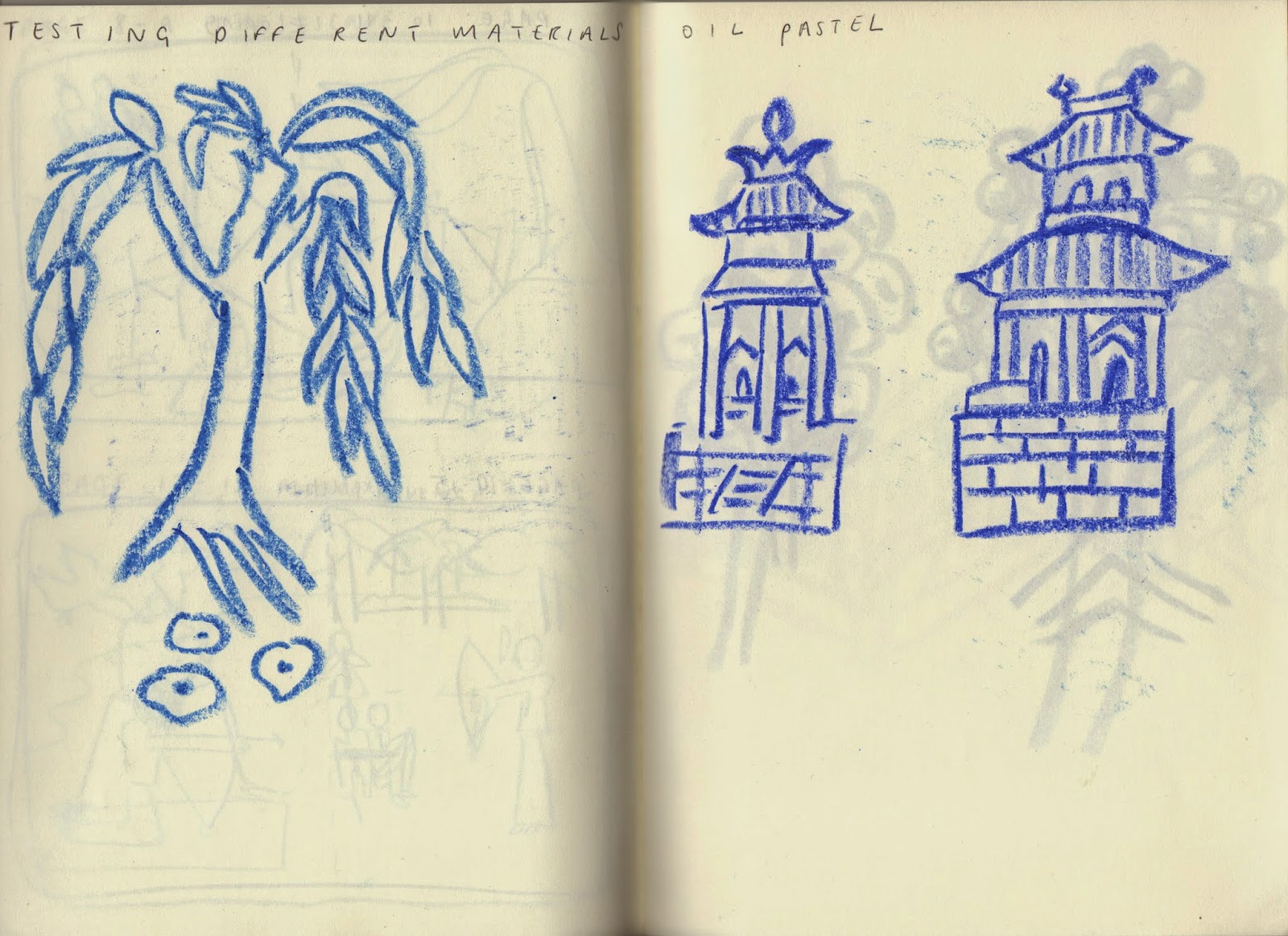- Which practical skills and methodologies have you developed within this module and how effectively do you think you are employing them within your own practice?
In the early stages of this module I learnt the process of screen printing, which allowed me to produce an 8 page hotdog book, both of which are valuable skills I can apply in the future. I have also learned how to use Indesign, which was informative in understanding the layout and set up of professional documents. Although I made a few errors during this process, I learnt the importance of using and considering margins and bleed/slug options to gain the best visual quality of the image within the page.
2. Which approaches to research have you found most valuable during this module. How have you interrogated your research to identify appropriate ideas?
I have learned a lot during the research process of this module. Being limited on the research we could carry out during Studio Brief One in the Merrion Centre, we collectively decided to make a picture book implying sarcasm and light humour about the unsuccessful day we had attempting to gather research about the centre itself. Prior to my trip to Whitby I had so many pre-assumptions of picture books I could develop from potential research, however I wasn’t able to explore as many areas as I had desired due to seasonal restrictions, and I found it really difficult to pinpoint a particular area of research from the broad/vague range I had gathered during the day. This made me feel like my day had been a waste of valuable time. However I reviewed my research and identified something I found interesting- antique shops, which fuelled my decision to explore this are further, which lead to my discovery of Chinese blue and white pottery, and my research and finding of the Willow Pattern Story.
3. What strengths can you identify within your submission and how have you capitalised on these?
4. What areas for further development can you identify within your submission and how will you address these in the future?
My major flaw Studio Brief 2 consisted of over-thinking my starting point which negatively impacted the time I had gathering more precise and accurate research. In the future I will take a step back and look at the bigger picture before rushing into something that I automatically presume will produce good results. I think it will also be valuable for me to explore something I am totally unfamiliar with, and challenge myself to research into something that isn’t within my comfort zone, or more simplistic because these sometimes produce a larger set of results to elaborate on.
I will also consider the importance of layout with greater detail, due to my mistakes in forgetting to consider margins when developing my final images. If i consider the marginal dimensions in the future this will prevent my images from being cropped or warped.
5. How effectively are you making decisions about the development of your work? What informs these decisions? What problems have you identified and how have you solved them?
In this module I don’t think I have taken the most time and care when making decisions. Due to being indecisive about which area of research to focus on, time was running out quickly and I was forced to make quick decisions in order to continue the production process. When deciding which theme to focus on in terms of the narrative of my book, I had to choose between putting my own spin on the book from using the research I had gathered over Christmas- looking at similar elements in different places in the world- or sticking to the original oriental theme of the plate. Relatively speaking it may have been more interesting and more of a challenge for me to adapt the basis of the book to an alternative theme, but I made the decision to keep things simplistic and keep to the original theme. In the end this worked out to be successful however I didn’t have much first hand research on the oriental theme, which jeopardised the ability of developing a more varied visual response.
6. How effectively have you managed this project and organised yourself during this module?
In all honestly I think my organisational and management skills have lacked during this module. The briefs have really excited me, but also intimidated me slightly in thinking I may not be able to produce something to the best of my ability- this is something that I definitely need to learn to overcome. I found it difficult to keep motivated on the project during the Christmas break, mostly due to keeping up with my other modules, my work life, family life and social life. I have done well to finish the each brief to a good standard that I am happy with on time, but I feel like I may have produced higher quality results if I had planned my time out more equally. To do this, in the future I will consider devising a time schedule as something to work towards in achieving things steps at a time, as opposed to feeling panicked about not being able to finish things all at once.
7. How would you grade yourself on the following areas:
5= Excellent 4= Very Good 3= Good 2= Average 1= Poor
Attendance- 3 (I missed a week due to holiday, would have been better otherwise)
Punctuality- 4
Motivation- 3
Commitment- 4
Quantity of Work Produced- 4
Quality of Work Produced- 4
Contribution to the Group- 3































































